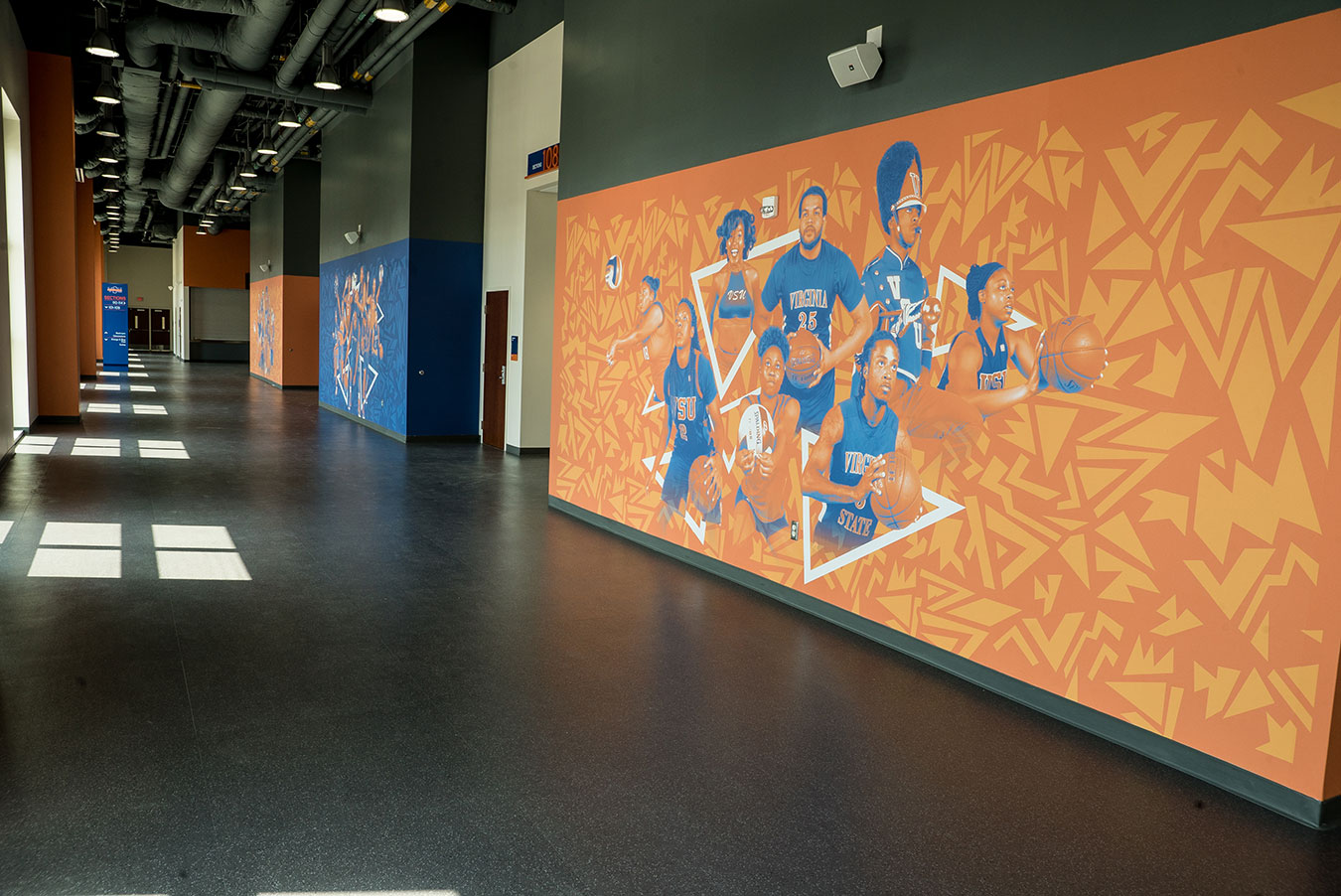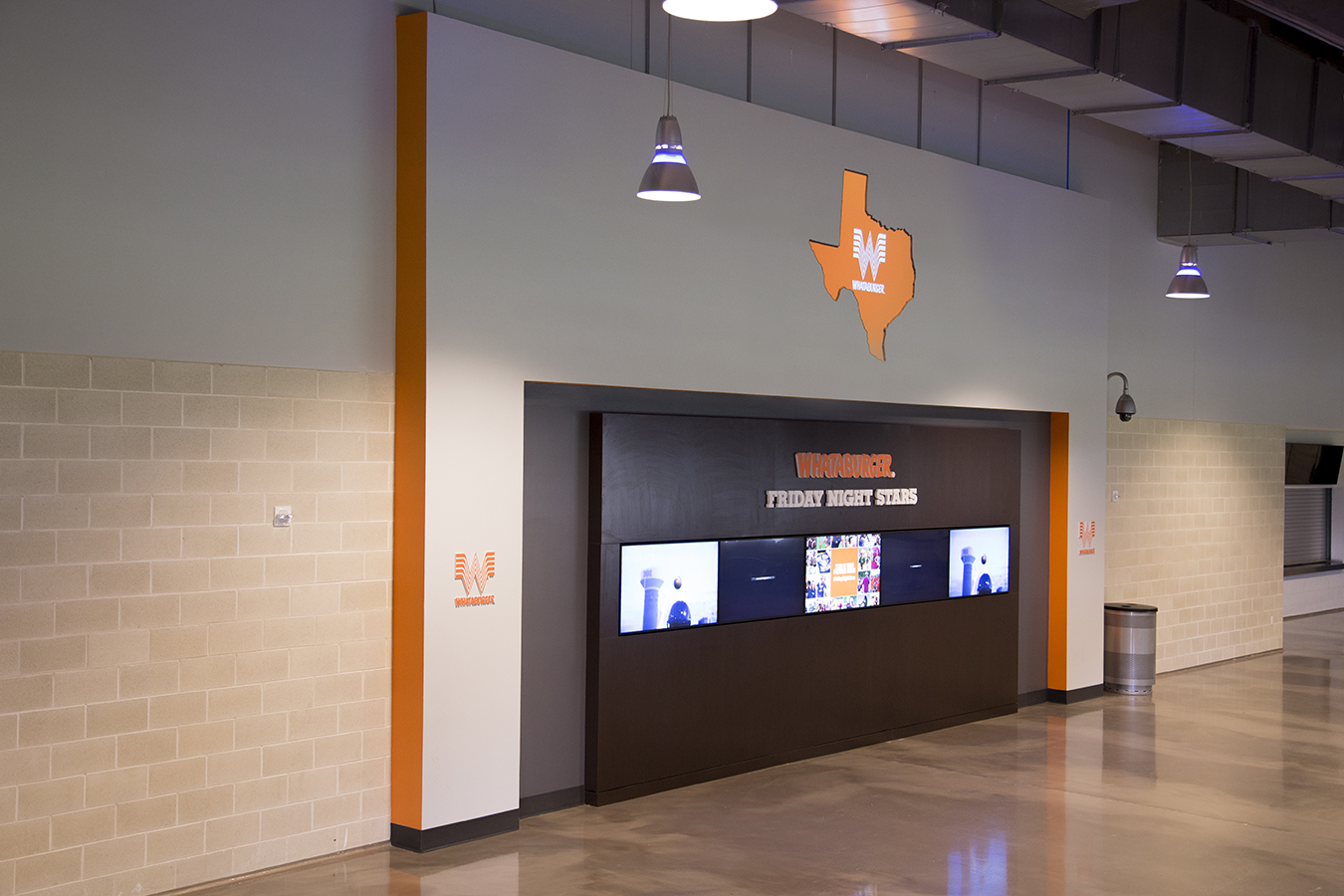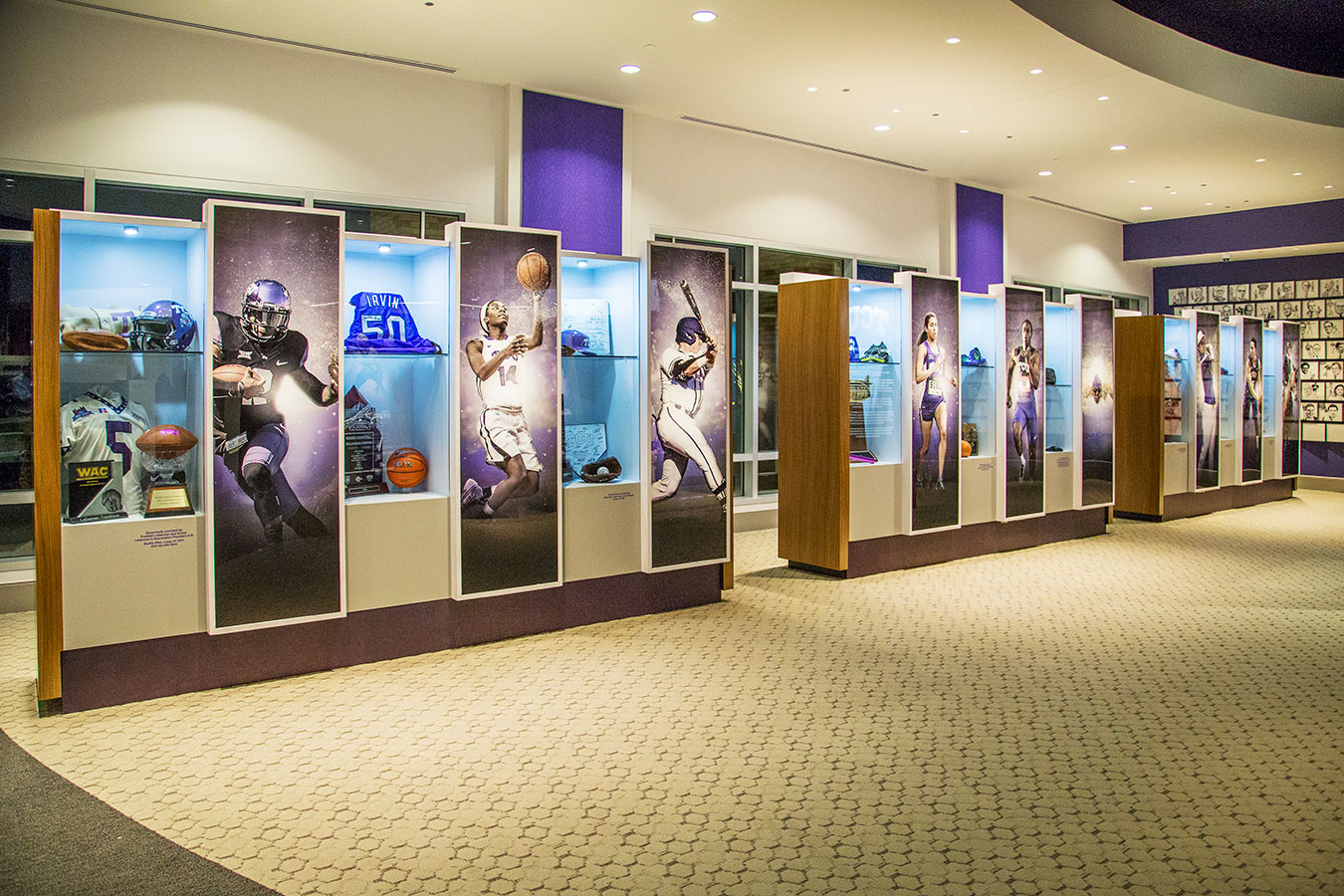5 Design Trends that will Take over Branded Spaces in 2017

For designers working on projects meant to last beyond the next year, month or moment, predicting the future is an essential part of the work of designing experiences that move people. Determining the trends that will define the coming months and years is a difficult task, but it’s not an impossible one. In 2017, Advent will partner with a host of interesting and innovative clients from college athletic programs, universities, professional sports franchises and more. All are looking to infuse their facilities with cutting-edge design, storytelling and technology. As a result, members of Advent’s design leadership team must have their eyes on the trends that will define the coming year. This is what they believe will shape the world of experiential design and branded spaces for 2017.
Designers Will Embrace Retro … and it’s Probably not what you Think of as Retro “A sense of retro and nostalgia in the design is going to be a hot trend. For me, as a Gen Xer, retro and nostalgia is the ‘60s and ‘70s. Sometimes we forget for this millennial group coming out of college or the centennials going into college, retro to them is the ‘90s and 2000s, which is really interesting. The challenge is how can you capitalize on a design style that is retro, that is not unintentionally campy. “I had a professor who said if you’re going to do something like that, you have to go all-in. Go for it or don’t do it. You can’t go halfway. When you go halfway because you may not be comfortable with it, you’re going to be found out and it’s not going to resonate. You can’t be inauthentic. “I don’t think you’d see this throughout a space. You don’t want to inundate the whole space with a retro look. It might be a specific exhibit, a marquee exhibit, everything is really elegant and — boom — you hit them with this funky piece that has a ‘90s vibe. Then there’s something special and a resonance, otherwise it becomes too much and it will fade over time and it won’t last for your clients.” — Brad Jones, Vice President of Design

Design Will Move off the Walls and into Pockets “Venues and facilities will learn how to balance between infrastructure and personal tech. There’s been a huge investment in infrastructure for technology where now you can maximize the tech that people have with them all the time with cell phones. There are things like augmented reality displays, things that move the technology off the wall and into the pockets of people coming into these spaces. Your upfront cost is more development and content and less in equipment. There’s a lot of room for creativity in the space between personal tech and existing infrastructure. I’m excited to see how designers deploy technology to tell stories within a space.” — Davy Fisher, Design Director

Lighting Will be Used in More Meaningful and Creative Ways “I’m really excited about infusing lighting into our spaces in new ways. We want to push spaces into more transformative experiences. You create a space where a recruit, a fan or a donor will experience and when they come through it again, whether it’s at the end of their walkpath or at a later date, it feels like a completely different space. That’s something that can be achieved in a cost-effective way through lighting.” “It’s the same space, the same displays, the same content, but it feels like a new space. There’s a theory that if you move things around or change the way something looks, a visitor might notice it on the way back. If you change the lighting, you change the mood of the space. The goal is that they tune into new displays and whatever we push the light on.” — Lauren Duke Patterson, Associate Design Director

Schools and Teams Will Think of New Ways to Display History “We’ve heard two clients recently say, ‘We have a rich history here, and we want to convey that somehow, but we do not want a boring list of names.’ That’s our biggest hurdle and challenge with Hall of Fame spaces. The question is how do we take a museum’s worth of information and display it in a way that a 17-year-old kid might enjoy as well as an 80-year-old alum. We have to find the balance of incorporating digital interaction, cutting edge technology, and historic artifacts in a way that is interesting and engaging for people of different ages. We’ve done installations where I truly believe we’ve achieved that. TCU Hall of Fame is the perfect example of this. It has all kinds of information built into displays- static graphics, artifacts in cases, but we also have those key digital experiences that people want to walk up to and interact with. The key is that it doesn’t feel like a museum.” — Seth Maddox, Associate Design Director
 Hired
Hired